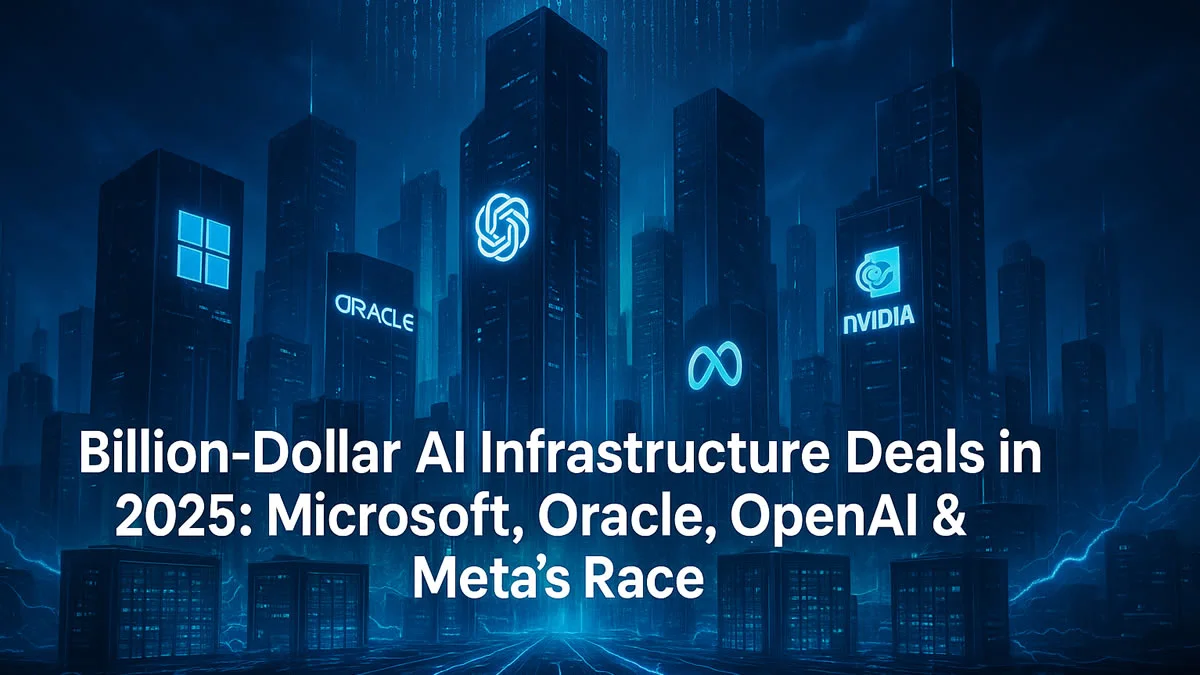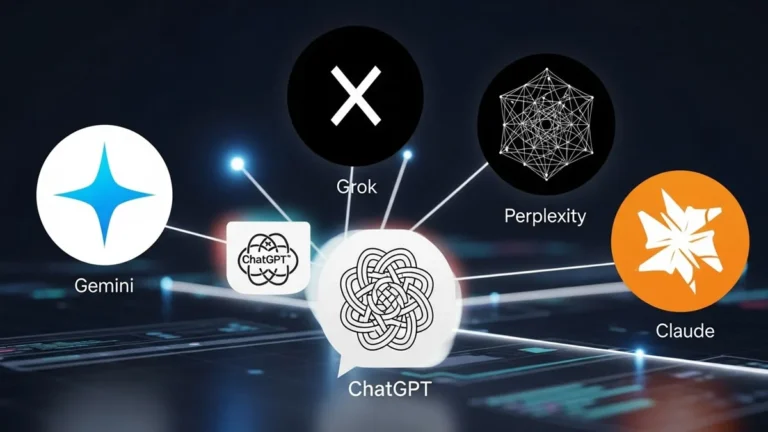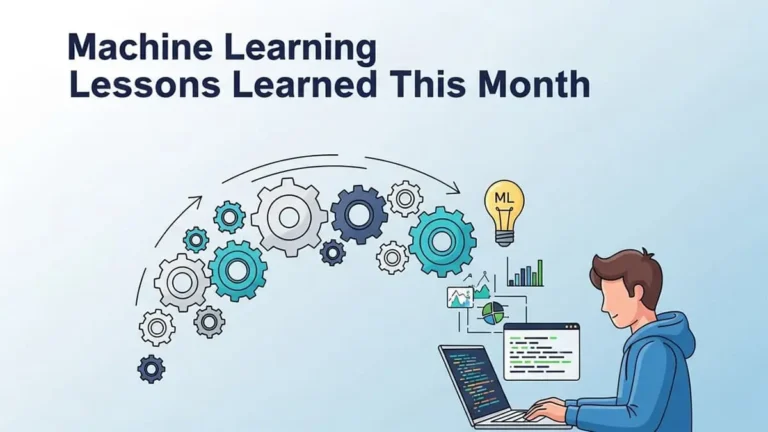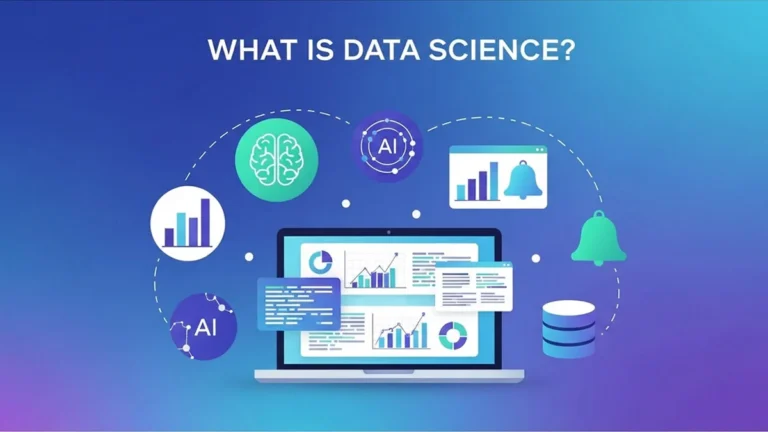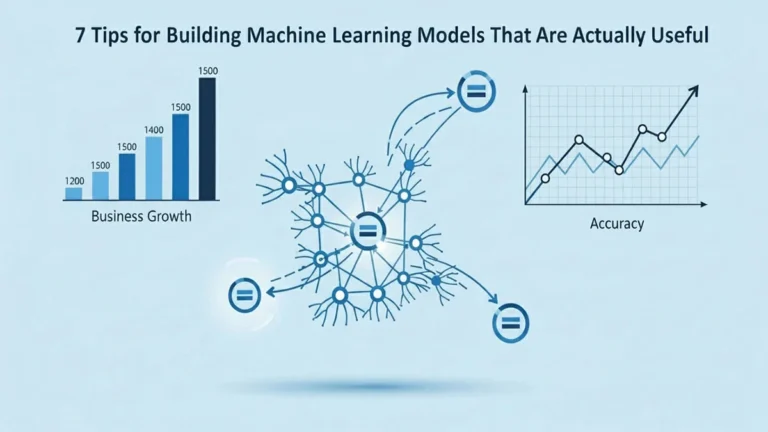Billion-Dollar AI Infrastructure Deals in 2025: Microsoft, Oracle, OpenAI and Meta’s Race
Running an AI Infrastructure demands enormous computing capacity, and as the technology industry accelerates to unlock the capabilities of artificial intelligence, a simultaneous race has emerged to establish the frameworks that sustain it.
During a recent financial report, Nvidia’s CEO Jensen Huang estimated that roughly $3 to $4 trillion would be directed toward AI infrastructure by the decade’s close, with much of this funding flowing directly from AI enterprises. This unprecedented push is putting tremendous pressure on power networks and pushing the limits of industrial building potential.
Here is a detailed look at the most substantial AI infrastructure projects, spanning colossal spending initiatives by Microsoft, Meta, Oracle, Google, and OpenAI. These ventures illustrate how rapidly investments are scaling and how the figures are set to rise even further.
Related: For more technology guides and news, visit TechDives
Microsoft’s Groundbreaking $1 Billion Investment in OpenAI
This arrangement arguably sparked the modern artificial intelligence revolution. Back in 2019, Microsoft committed $1 billion to OpenAI, then a promising non-profit linked with Elon Musk. The pivotal detail: Microsoft became OpenAI’s exclusive cloud supplier. As model training requirements grew more demanding, the investment gradually shifted toward Azure cloud credits rather than pure capital.
This strategy benefited both parties. Microsoft boosted Azure usage while OpenAI accessed vital resources for its priciest expense. Over time, Microsoft’s stake grew to almost $14 billion, a move positioned to yield extraordinary returns once OpenAI transitioned to a for-profit structure.
Recently, the dynamics changed. In January, OpenAI declared it would no longer depend exclusively on Microsoft’s cloud, instead offering Microsoft first refusal rights but granting itself freedom to pursue alternatives if Azure could not deliver. Soon after, Microsoft started investigating other foundational AI systems for its in-house products, further diversifying its independence from OpenAI.
The Microsoft-OpenAI success blueprint has influenced others. For instance, Anthropic secured $8 billion from Amazon, tailoring hardware at a kernel level for AI optimization. Similarly, Google Cloud has struck agreements with smaller AI startups like Loveable and Windsurf as primary computing collaborators, though without direct financial backing. Interestingly, OpenAI itself accepted a $100 billion investment from Nvidia in September to purchase vast quantities of GPUs.
Oracle’s Meteoric Rise as an AI Infrastructure Titan
On June 30th, 2025, Oracle disclosed through an SEC filing that it had signed a staggering $30 billion cloud arrangement with an unnamed partner. Eventually, OpenAI was revealed as the counterparty, firmly placing Oracle among OpenAI’s growing network of post-Microsoft allies. Predictably, Oracle’s stock surged.
Months later, an even more astonishing announcement surfaced. On September 10th, Oracle unveiled a five-year, $300 billion compute services agreement set to commence in 2027. This revelation catapulted Oracle’s valuation and briefly made founder Larry Ellison the wealthiest man globally.
The sheer magnitude is breathtaking: OpenAI does not currently hold $300 billion, so the deal assumes exponential expansion for both organizations. Regardless of the risk, the contract has already cemented Oracle’s role as a dominant AI infrastructure supplier and an economic heavyweight.
Constructing the Next Generation of Hyperscale Data Centers
For enterprises like Meta with significant legacy systems, the path forward is equally intricate and costly. CEO Mark Zuckerberg has declared plans to invest $600 billion in U.S. infrastructure by 2028. In just the initial half of 2025, Meta spent $30 billion more compared to the prior year, primarily to fuel its intensifying AI ambitions.
Some of this funding supports enormous cloud contracts, like a $10 billion agreement with Google Cloud. However, a substantial portion is directed toward constructing massive new facilities.
The most ambitious of these is “Hyperion,” a 2,250-acre site in Louisiana projected to cost $10 billion and deliver 5 gigawatts of computing output. Remarkably, Hyperion has a deal with a local nuclear plant to handle its colossal energy demand. Another project, “Prometheus” in Ohio, will come online in 2026, running on natural gas.
These endeavors illustrate significant ecological challenges. For example, Elon Musk’s xAI constructed a hybrid facility in South Memphis, Tennessee, integrating data centers with a power-generation unit. Unfortunately, the plant quickly became a top emitter of smog-inducing pollutants due to multiple natural gas turbines, sparking concerns about Clean Air Act violations.
Stargate: A Moonshot Project for AI Infrastructure
Two days after his second inauguration, President Trump introduced “Stargate,” a massive joint undertaking between SoftBank, Oracle, and OpenAI, aiming to dedicate $500 billion toward U.S.-based AI infrastructure. Branded after the 1994 film, the project launched with tremendous publicity. Trump labeled it “the largest AI infrastructure project in history,” while Sam Altman echoed the sentiment, calling it “the most significant project of this era.”
The broad framework allocated SoftBank as financier, Oracle as builder, and OpenAI as technical guide, with Trump promising to sweep away regulatory obstacles. Yet doubts quickly surfaced. Elon Musk openly questioned the venture’s financial feasibility, citing insufficient liquidity.
Momentum has slowed, but progress continues. By August, Bloomberg reported the partnership was struggling with alignment issues. Still, construction on eight facilities in Abilene, Texas, advances, with completion of the last data center slated for late 2026.
Broader Industry Implications
The convergence of trillion-dollar investments and groundbreaking collaborations marks a pivotal turning point for artificial intelligence. From Microsoft’s early bet on OpenAI to Oracle’s astonishing $300 billion contract, the stakes highlight how infrastructure has become the battlefield for dominance. Even smaller firms are finding opportunities, whether it’s startups aligning with Google Cloud or companies leveraging innovative methods of feature engineering to maximize efficiency.
Meanwhile, the demand for computing, data management, and environmental sustainability has also accelerated interest in specialized machine learning resources. For example, the rapid growth in AI projects has intensified the search for Python-based statistical tools that simplify workflows and ensure precision.
The coming years promise to reshape not only corporate structures but also power grids, environmental regulations, and global competition. As the AI boom continues, infrastructure will remain the foundation and battleground for innovation, wealth, and influence.

